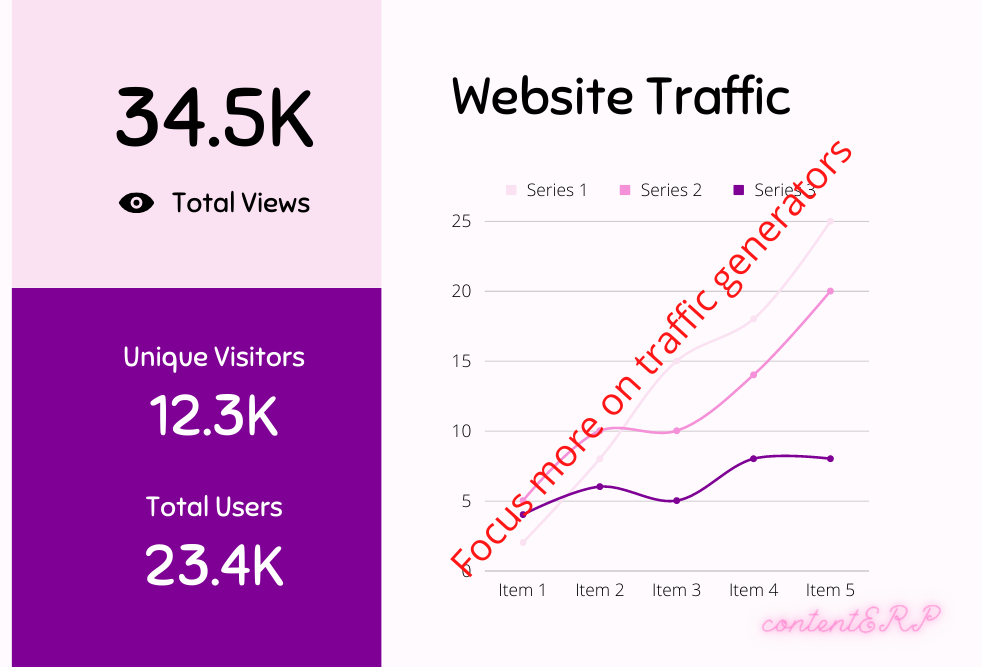How does updating an old blog post help with SEO
There’s a lot of debate about the impact of updating old blog posts for SEO. Some people say it’s not worth the effort, while others claim it can be a major help in boosting your site’s search engine ranking.
Think about the last time you Googled something. Chances are, the top results were pretty recent. That’s because Google gives preference to websites that are regularly updated over those that are stale and outdated. You must update your content regularly if your website ranks higher in search engine results pages (SERPs). This article will show you how to update old blog posts for SEO and reap the benefits in terms of more traffic and higher rankings.
Why update old blog posts?

The same content showcased on your website is your brand. It would be best if you strived to increase your content quality and output even more valuable examples of your brand. Examining ways to improve the old but really valuable content on your website can extend the life of that content.
It can also boost the flow of organic traffic to your website. This might help extend the life of the content on your website. If you have noted a decrease in the results of some of your existing posts, they might have been taken over by newer and updated posts.
How do you select which posts to update?
The first thing you can do to make your website more efficient is to update its content. List all the posts that need to be updated and establish a content strategy that you can actually use. Ensure that you yourself design target pages that you will actually update on your website, and include:
Pages that drive a lot of traffic
Updating pages on your website that already get a lot of page views can greatly boost web traffic to your pages. A great way to find out the pages that receive the most page visits is to go to Google Analytics. Click the line (between the two gears in the cloud) that says “Site Content → All Pages.” If you leave the filter selection set to “12 months or more”, you will report just the pages that receive the most views.

old Pages with high-quality links
Updating old pages with high-quality links can help climb the search engine rank ladder. You can also raise more page views for these posts by adding the key phrase in your post. These are methods we swear by to help you increase traffic to your site.
Pages with maximum keyword impressions but low rankings
It is essential to update the terms that search engines will filter for so you can use SEO ranking techniques. Go to Google Search Console to see how many impressions each of the Keywords are finding for every page and see where those pages are landing.
Afterward, you will notice where to improve for SEO. See keywords ranking in the top six to twenty positions for the highest purposes. Find the words appearing for these words on certain of your web pages. Update them at that time.
Pages that have seen a sudden loss in organic traffic
Assess the traffic of your most popular pages for the last 12 months to identify posts that have mysteriously declined. Instead of thinking that certain posts have bad or weak content, this tactic may work best.
Look into your publisher account in the search console to identify participants that have been ranking with no activity within the last 12 months. Create an outreach for a guest post to look at the respective page for rankings and traffic. The reason behind sudden and sharp drops can be different for different posts.
Best practices for updating and republishing old blog posts
Keep the same URL
Doing this keeps the same original page title in search results. You can also have a single post that is separated into multiple documents by adding a “Read More” link at the end of the blog post to rerun the same post.
Instead of publishing the post again in a new one, copy/paste an updated version into another document and click Save as PDF.
Target new keywords
Some keywords keep showing up on your search traffic data you never expected. You’ll want to find keywords with considerably low search volumes because they will be a lot easier to rank for. Then, you can position the keywords in the content throughout the text, giving them maximum exposure.
Update content for accuracy
You shouldn’t just update content to replace outdated content. Rather, evaluate what your old content does well and better, and create new content with those strengths. Evaluating content gives you valuable information about which posts have a positive impact and which pieces should never be published.
As you update with accuracy, present all sections for added detail, or If you get the title and body correct, it will add a lot of value to your audience. Analyzing the most engaging content gives you valuable information. What you choose to do will depend on your research. A good practice is to use a discovery tool to check marketing data by keywords, topics, or sources, including Cognito.

Link to newer, better resources
You should also ensure that you perform standard keyword research to analyze popular web pages for a list of keywords and phrases. You can then create a list of topics you may want to write about and select the higher-performing pages to analyze. Finally, you should implement SEO changes into your post or page to make sure they’re demonstrating the right SEO techniques.
Add internal links to new content
When freshening up an old blog post or webpage, you may have internal links and nothing to do with a recently published article. Because this can boost your SEO performance, you may be able to use this opportunity to add internal links to recently published content.
Search for any broken links
Check any new additions for errors. You also want to check any broken or outdated links already on your site. Broken or incorrect links don’t serve you, and search engines will find them suspicious. You can correct them by using a broken link checking tool like Ahrefs.
How often should you update your blog posts?
Blogs should be updated regularly. Follow a frequent rule of thumb: that you should update three to ten posts per week, but that, each time you create a post, you should also update existing ones. This will increase the blog’s longevity in the long run as well.
How to optimize old blog posts that used to perform well but are not anymore?
You can update the data sources, add additional sections like answering questions, or rewrite the blog to match the changed search intent. You might know already which blog post doesn’t perform as well as it used to. You can see this from SEO reports or Google search console impressions and clicks. However, you will have to identify which keywords users used to click on outlook but don’t click much now due to changed intent. Google search console can help you identify these posts.
How can I increase my blog content?
Based on semantic keyword research, you found certain keywords that bring in the traffic and content ideas that will enrich your existing blog content. How-tos, findings, and FAQs are great examples to increase your blog content.
Summary
Updating old blog posts is essential for SEO growth. The world is constantly changing, and keeping your visitors up-to-date with the latest trends and information will cement your website as a trusted source.
Researching and reading to keep up never gets old, and the benefits of it for your website are immense. It may seem like a lot of work (everything in SEO is), but the fruits are worth the sweat you put into it.

